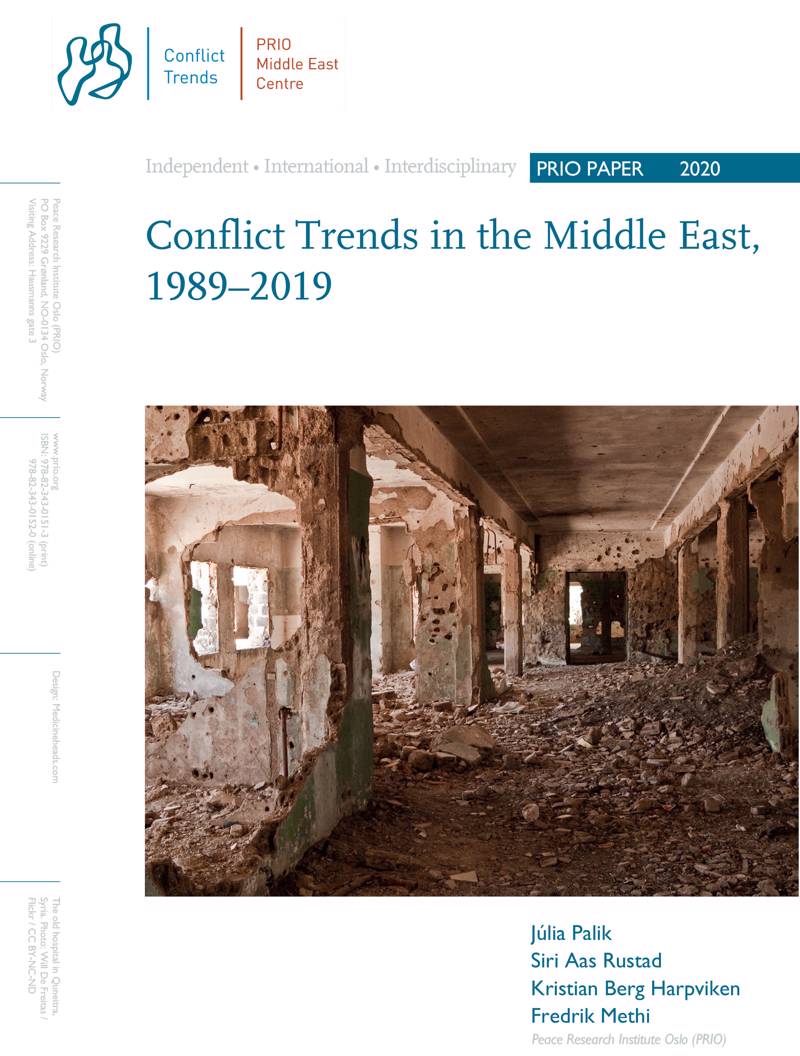
In their first-ever report to examine conflict trends in the Middle East, PRIO researchers take a closer look at the hard data on the number of conflicts – between states, within states, as well as one sided violence – and at ceasefires as well as peace agreements.
In the past decade, the region has hosted the bulk of the world's deadliest conflicts. Yet, taking a longer perspective, the declining trend that we see globally is also reflected in the Middle East. For conflicts between states, the Middle East has seen the largest relative increase in number of state-based conflicts over the last six years of all regions globally. Battle-related deaths (including civilians) have declined steadily from the recent peak in 2014. Also conflicts between non-state actors have declined, while there has been an uptick in one-sided violence (whether by non-state or state actors).
Ceasefires are on the increase as of late, a large share of them with humanitarian justifications and of limited durability. Peace agreements remain rare in the Middle East, also when compared to other parts of the world. Many of the conflicts of the region are protracted and severe, characterized by many actors, incompatible goals, and a high level of international involvement, all of which tend to make resolution difficult.
The report is a collaboration between PRIO Conflict Trends and the PRIO Middle East Centre, and is authored by Júlia Palik, Siri Aas Rustad, Kristian Berg Harpviken and Fredrik Methi.
Download the report here.





